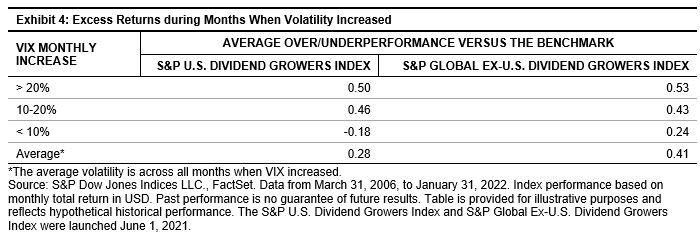How has the market’s response to the pandemic impacted the potential opportunity set? S&P DJI’s Anu Ganti and Hamish Preston examine where market reversals took place and what they could mean for active management and asset allocation strategies moving forward.
Read on: Style Bias and Active Performance
The posts on this blog are opinions, not advice. Please read our Disclaimers.


















































